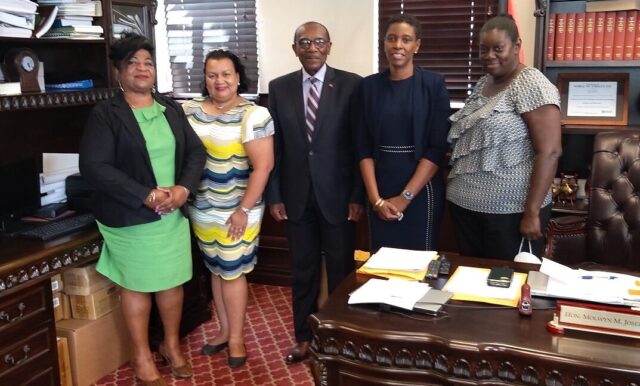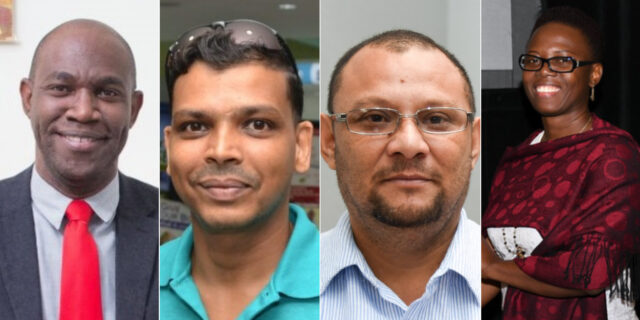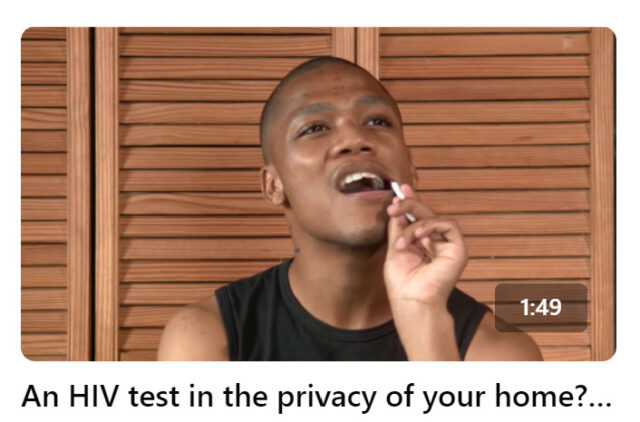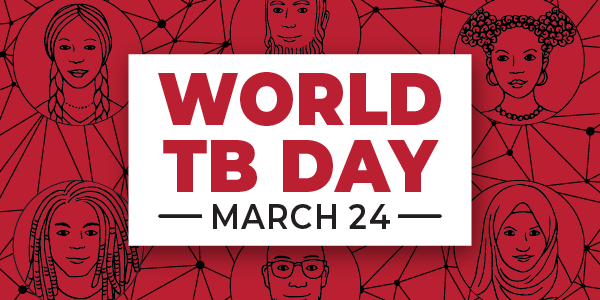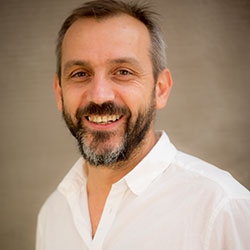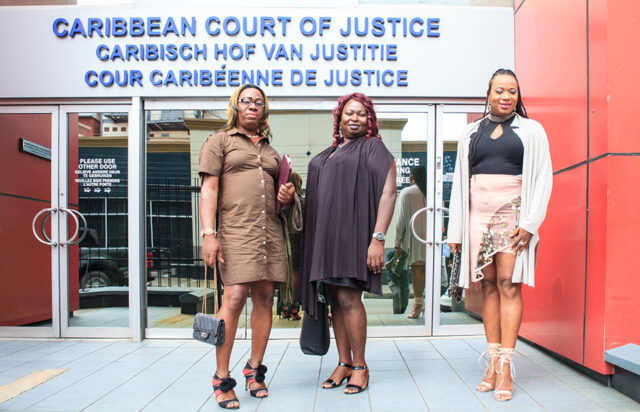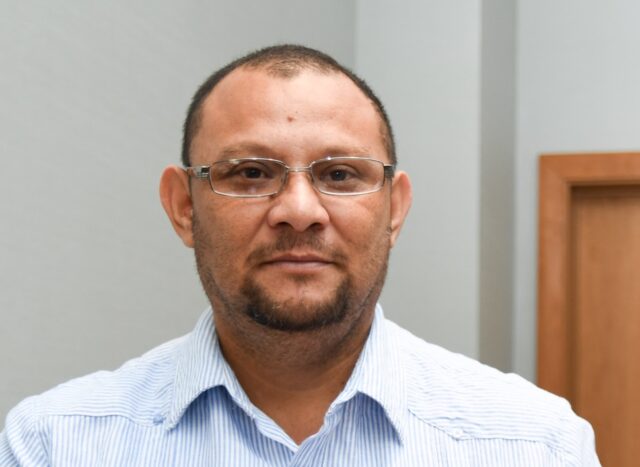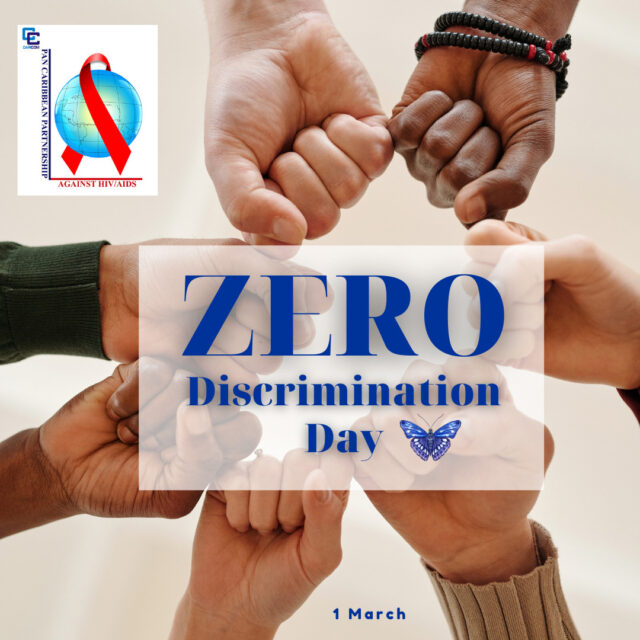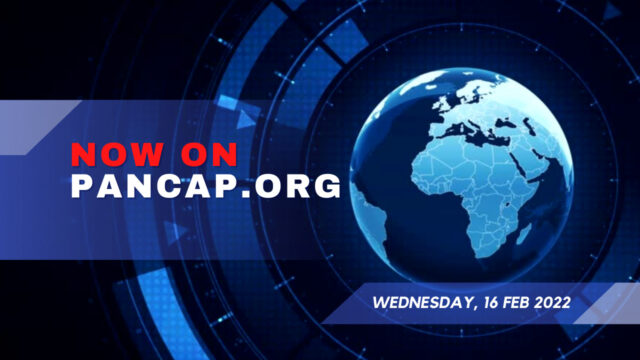An American research team reported that it has possibly cured HIV in a woman for the first time. Building on past successes, as well as failures, in the HIV-cure research field, these scientists used a cutting-edge stem cell transplant method that they expect will expand the pool of people who could receive similar treatment to several dozen annually.
Their patient stepped into a rarified club that includes three men whom scientists have cured, or very likely cured, of HIV. Researchers also know of two women whose own immune systems have, quite extraordinarily, apparently vanquished the virus.
Carl Dieffenbach, director of the Division of AIDS at the National Institute of Allergy and Infectious Diseases, one of multiple divisions of the National Institutes of Health that funds the research network behind the new case study, told NBC News that the accumulation of repeated apparent triumphs in curing HIV “continues to provide hope.”
“It’s important that there continues to be success along this line,” he said.
In the first case of what was ultimately deemed a successful HIV cure, investigators treated the American Timothy Ray Brown for acute myeloid leukemia, or AML. He received a stem cell transplant from a donor who had a rare genetic abnormality that grants the immune cells that HIV targets natural resistance to the virus. The strategy in Brown’s case, which was first made public in 2008, has since apparently cured HIV in two other people. But it has also failed in a string of others.
This therapeutic process is meant to replace an individual’s immune system with another person’s, treating their cancer while also curing their HIV. First, physicians must destroy the original immune system with chemotherapy and sometimes irradiation. The hope is that this also destroys as many immune cells as possible that still quietly harbor HIV despite effective antiretroviral treatment. Then, provided the transplanted HIV-resistant stem cells engraft properly, new viral copies that might emerge from any remaining infected cells will be unable to infect any other immune cells.
It is unethical, experts stress, to attempt an HIV cure through a stem cell transplant — a toxic, sometimes fatal procedure — in anyone who does not have a potentially fatal cancer or other condition that already makes them a candidate for such risky treatment.
Dr. Deborah Persaud, a pediatric infectious disease specialist at the Johns Hopkins University School of Medicine who chairs the NIH-funded scientific committee behind the new case study (the International Maternal Pediatric Adolescent AIDS Clinical Trials Network), said that “while we’re very excited” about the new case of possible HIV cure, the stem cell treatment method is “still not a feasible strategy for all but a handful of the millions of people living with HIV.”
Pushing the envelope in HIV-cure science
Dr. Yvonne J. Bryson, a pediatric infectious disease specialist at UCLA’s David Geffen School of Medicine, described the new case study Tuesday at the virtually held annual Conference on Retroviruses and Opportunistic Infections.
The “New York patient,” as the woman is being called, because she received her treatment at New York-Presbyterian Weill Cornell Medical Center in New York City, was diagnosed with HIV in 2013 and leukemia in 2017.
Bryson and Persaud have partnered with a network of other researchers to conduct lab tests to evaluate the woman. At Weill Cornell, Dr. Jingmei Hsu and Dr. Koen van Besien from the stem cell transplant program paired with infectious disease specialist Dr. Marshall Glesby on patient care.
This team has long sought to mitigate the considerable challenge investigators face in finding a donor whose stem cells could both treat a patient’s cancer and cure their HIV.
Traditionally, such a donor must have a close enough human leukocyte antigen, or HLA, match to maximize the likelihood that the stem cell transplant will engraft well. The donor must also have the rare genetic abnormality conferring HIV resistance.
This genetic abnormality largely occurs in people with northern European ancestry, and even among people native to that area, at a rate of only about 1 percent. So for those lacking substantial similar ancestry, the chance of finding a suitable stem cell donor is particularly low.
In the United States, African Americans comprise about 40 percent and Hispanics about 25 percent of the approximately 1.2 million people with HIV; whites comprise some 28 percent.
Cutting-edge treatment
The procedure used to treat the New York patient, known as a haplo-cord transplant, was developed by the Weill Cornell team to expand cancer treatment options for people with blood malignancies who lack HLA-identical donors. First, the cancer patient receives a transplant of umbilical cord blood, which contains stem cells that amount to a powerful nascent immune system. A day later, they receive a larger graft of adult stem cells. The adult stem cells flourish rapidly, but over time they are entirely replaced by cord blood cells.
Compared with adult stem cells, cord blood is more adaptable, generally requires less of a close HLA match to succeed in treating cancer and causes fewer complications. Cord blood, however, does not typically yield enough cells to be effective as a cancer treatment in adults, so transplants of such blood have traditionally been largely limited to pediatric oncology. In haplo-cord transplants, the additional transplantation of stem cells from an adult donor, which provides a plethora of cells, can help compensate for the paucity of cord blood cells.
“The role of the adult donor cells is to hasten the early engraftment process and render the transplant easier and safer,” van Besien said.
For the New York patient, who has a mixed-race ancestry, the Weill Cornell team and its collaborators found the HIV-resistant genetic abnormality in the umbilical cord blood of an infant donor. They paired a transplant of those cells with stem cells from an adult donor. Both donors were only a partial HLA match to the woman, but the combination of the two transplants allowed for this.
“We estimate that there are approximately 50 patients per year in the U.S. who could benefit from this procedure,” van Besien said of the haplo-cord transplant’s use as an HIV-cure therapy. “The ability to use partially matched umbilical cord blood grafts greatly increases the likelihood of finding suitable donors for such patients.”
Another benefit of relying on cord blood is that banks of this resource are much easier to screen in large numbers for the HIV-resistance abnormality than the bone marrow registries from which oncologists find stem cell donors. Before the New York patient became a candidate for the haplo-cord treatment, Bryson and her collaborators had already screened thousands of cord blood samples in search of the genetic abnormality.
The woman’s transplant engrafted very well. She has been in remission from her leukemia for more than four years. Three years after her transplant, she and her clinicians discontinued her HIV treatment. Fourteen months later, she still has experienced no resurgent virus.
Multiple ultrasensitive tests can detect no sign in the woman’s immune cells of any HIV capable of replicating, nor can the researchers detect any HIV antibodies or immune cells programmed to go after the virus. They also drew immune cells from the woman and in a laboratory experiment attempted to infect them with HIV — to no avail.
“It would’ve been very difficult to find a match plus this rare mutation unless we were able to use cord blood cells,” Dr. Bryson said at Tuesday’s conference. “It does open up this approach for a greater diversity of population.”
Remaining cautious
At this stage, Bryson and her colleagues consider the woman in a state of HIV remission.
“You don’t want to over-call it,” Bryson said of favoring the word “remission” over “cure” at this stage.
Case in point: Johns Hopkins’ Deborah Persaud was the author of a case study she first presented in 2013 of a child in Mississippi who was in a state of what at the time she called a “functional cure.” After apparently contracting HIV from her mother in utero, the baby was treated with an atypically intensified antiretroviral regimen shortly after birth. When Persaud announced the case study, the toddler had been off of HIV treatment for 10 months with no viral rebound. News of this supposed HIV cure swept the globe and ignited a media frenzy. But the child’s virus wound up rebounding 27 months after her treatment interruption.
If enough time passes without any signs of active virus — a few years — the authors of this latest case study would consider the New York patient cured.
“I’m excited that it’s turned out so well for her,” Bryson said. The apparent success of the case, she said, has given researchers “more hope and more options for the future.”
Why is HIV so difficult to cure?
When the highly effective combination antiretroviral treatment for HIV arrived in 1996, Dr. David Ho, who was one of the architects of this therapeutic revolution and is the director of the Aaron Diamond AIDS Research Center in New York City, famously theorized that given enough time, such medications could eventually eradicate the virus from the body.
To date, there are a handful of cases of people who were started on antiretrovirals very soon after contracting HIV, later went off treatment and have remained in viral remission with no rebounding virus for years.
Otherwise, Ho’s prediction has proved false. During the past quarter century, HIV-cure researchers have learned in increasingly exacting detail what a daunting task it is not only to cure HIV, but to develop effective curative therapies that are safe and scalable.
HIV maintains such a permanent presence in the body because shortly after infection, the virus splices its genetic code into long-lived immune cells that will enter a resting state — meaning they stop churning out new viral copies. Antiretrovirals only work on replicating cells, so HIV can remain under the radar of such medications in resting cells for extended periods, sometimes years. Absent any HIV treatment, such cells may restart their engines at any time and repopulate the body with massive amounts of virus.
Timothy Brown’s case, published in 2009, ignited the HIV-cure research field, which has seen soaring financial investment since.
In 2019, researchers announced two new cases of HIV remission following treatments that mirrored what Brown received. These included London resident Adam Castillejo, who had Hodgkin lymphoma, and a man in Düsseldorf, Germany, who had AML.
More than three years have passed since these two men have been off of HIV treatment with no viral rebound. Consequently, the authors of each of their case studies — University of Cambridge’s Ravindra K. Gupta and Dr. Björn Jensen of Düsseldorf University Hospital — each recently told NBC News their respective patient was “almost definitely” cured of the virus.
Since 2020, scientists have also announced the cases of two women whose own immune systems have apparently cured them of HIV. They are among the approximately 1 in 200 people with HIV known as “elite controllers,” whose immune systems can greatly suppress viral replication without medication. In their cases, their bodies went even further and apparently destroyed all functional virus.
A less toxic treatment
Another major upside of the haplo-cord transplant the New York patient received, compared to the treatment of her three male predecessors, is that the use of cord blood — for not entirely understood reasons — greatly reduces the risk of what’s known as graft vs. host disease. This is a potentially devastating inflammatory reaction in which the donor cells go to war with the recipient’s body. The men in the three other HIV-cure cases all experienced this, which in Brown’s case caused prolonged health problems.
Brown died at 54 in September 2020 from recurrent leukemia.
The New York patient was the second person with HIV to receive a haplo-cord transplant in hopes of curing the virus. However, the first person died of his cancer soon after his 2013 treatment.
By contrast, the New York patient, Bryson said, remains “asymptomatic and healthy.”
“She’s enjoying her life,” Bryson said.


